Case of the Week #624
Department of Genetics, Polish Mother's Memorial Hospital, Lodz, Poland
A 41-year-old secundigravida with a non-contributive medical history was referred for evaluation due to abnormal findings on a routine fetal ultrasound. Gestational age based on fetal biometry was estimated at 22 weeks.









View the Answer Hide the Answer
Answer
We present a case of Campomelic Dysplasia.
Ultrasound revealed a single live fetus with 46,XY karyotype. Biometric measurements demonstrated discrepancies with the femur and tibia length lagging significantly at 19 weeks and notable shortening and bowing of the femur, tibia, and fibula. The findings were consistent with skeletal dysplasia.
Structural anomalies were observed in multiple organ systems. The fetal skeleton showed hypoplastic iliac bones, rib deformities, hypoplastic scapulae, and excessive cervical spine lordosis. The fetal hands exhibited abnormal alignment of the fingers with restricted movement, and both feet were clubbed. Subcutaneous edema was noted over the forehead and occiput with a small cystic hygroma, along with increased nuchal fold thickness at 5.6mm, indicative of soft tissue edema. Additional abnormalities included mild pyelectasis. The fetal stomach appeared nearly empty, likely reflecting impaired swallowing or associated anomalies. Polyhydramnios was also noted. External male genitalia appeared normal. Cardiac evaluation revealed multiple echogenic foci within the left ventricle and an atrioventricular septal defect. While the heart's overall structure and function were otherwise normal, these findings added to the overall suspicion of a syndromic condition.
Based on the combination of skeletal anomalies, soft tissue findings, and associated organ abnormalities, the ultrasound findings were highly suggestive of campomelic dysplasia. It was therefore recommended that the patient undergo genetic counseling and molecular testing, specifically for SOX9 mutations to confirm the diagnosis. Given the likely association with tracheal cartilage weakness, severe respiratory compromise was anticipated postnatally, with a high likelihood of requiring mechanical ventilation. The patient was advised to deliver at a tertiary care center equipped with neonatal intensive care and specialized support to address anticipated respiratory challenges and other complications. Unfortunately, the neonate died due to complications of assisted ventilation in the first weeks of life.
Discussion
Campomelic dysplasia is a rare autosomal dominant skeletal dysplasia first described by Maroteaux in 1971. It is characterized by skeletal anomalies, particularly bowing of the long bones, hypoplastic pelvic bones and scapular structures, as well as craniofacial abnormalities. Mansour et al describe radiologic and clinical diagnostic criteria for campomelic dysplasia. The five radiologic features include hypoplastic scapulae, bowed femur, bowed tibia, small and vertically narrow iliac wings, and non-mineralized thoracic pedicles. Campomelic dysplasia is caused by mutations in the SOX9 gene, which is an SRY (sex-determining region on the Y chromosome)-related gene that functions as a transcription factor, activating target genes that play a critical role in chondrogenesis and gonadal development.
Prenatal ultrasound is a crucial tool for early diagnosis, enabling appropriate counseling and perinatal management of campomelic dysplasia. Key skeletal abnormalities include significant shortening and bowing of long bones, particularly the femur and tibia. In a study by Mansour et al, the lower extremities are primarily involved with minimal bowing of the humerus, ulna, and radius. Bowing often presents with associated angulation, giving rise to the term "campomelia," meaning bent limbs in Greek. Hypoplastic iliac bones and scapulae are hallmark features, while rib anomalies such as deformities or reduced number, typically 11 pairs, may also be observed. Additionally, the chest may be narrow and bell-shaped. Cervical spine abnormalities, including excessive lordosis or kyphosis, are often present and may contribute to postnatal respiratory complications. These findings are important for risk stratification and delivery planning.
Other findings on prenatal ultrasound include soft tissue edema, facial anomalies, cardiac defects, and renal abnormalities. Soft tissue findings, including increased nuchal fold thickness and generalized subcutaneous edema, are common in campomelic dysplasia. Macroglossia and facial dysmorphisms, such as a flat nasal bridge or hypertelorism, may be observed but can be subtle on prenatal imaging. Polyhydramnios, frequently noted in affected pregnancies, may result from impaired fetal swallowing due to craniofacial or neurologic abnormalities. Cardiac anomalies, while not pathognomonic, include ventricular septal defects and echogenic intracardiac foci. Renal abnormalities, such as pyelectasis or enlarged kidneys, may also be present. These findings, although non-specific, contribute to the syndromic picture of campomelic dysplasia.
Campomelic dysplasia is caused by mutations in the SOX9 gene and is frequently associated with disorders of sex development. SOX9 is a critical regulator of testis development, particularly during early gonadal differentiation, and its mutation or haploinsufficiency can disrupt phenotypic male development, even in the presence of a 46,XY karyotype. Approximately 75% of 46,XY individuals with campomelic dysplasia exhibit varying degrees of sex reversal, ranging from ambiguous genitalia to complete feminization, with external genitalia appearing phenotypically female despite a male karyotype. This phenomenon does not affect 46,XX individuals, who typically have normal female genitalia. Prenatal ultrasound may not reliably detect genital anomalies unless ambiguous genitalia or atypical external structures are visually apparent. In our case, there was no obvious sex reversal. Karyotyping or even non-invasive prenatal testing with Y-chromosome sequences identified in maternal blood may be helpful in the diagnosis of disorders of sex development.
Distinguishing between campomelic dysplasia and other skeletal dysplasias, such as thanatophoric dysplasia, osteogenesis imperfecta, hypophosphatasia or achondrogenesis, is critical. Differentiating angular bending of long bones, particularly the femur and tibia, in campomelic dysplasia from fractures in osteogenesis imperfecta type II is based on the following: Fractures in osteogenesis imperfecta type II are irregular, asymmetrical, and affect not only the long bones (especially in the lower limbs) but also the ribs and clavicles. In campomelic dysplasia, the bends are symmetric, have a regular shape, are usually located in the middle of the long bone shaft, and primarily involve the femur and tibia, with other bones being affected to a lesser extent. This may resemble a ‘French telephone receiver.’ Other key distinguishing features of campomelic dysplasia include the specific combination of bowed long bones, hypoplastic scapulae and iliac bones, and associated craniofacial and soft tissue findings. Molecular genetic testing for SOX9 mutations confirms the diagnosis. In contrast, thanatophoric dysplasia is characterized by macrocephaly and severe proportionate shortening of the limbs. Osteogenesis imperfecta Type II and hypophosphatasia both demonstrate congenital osteopenia due to a defect in the mineralization of bone structure.
The prognosis of campomelic dysplasia is poor in most cases, with a high risk of neonatal mortality due to respiratory failure caused by tracheobronchomalacia, craniofacial and thoracic anomalies, and cervical spine instability. However, survival into infancy and beyond is possible in milder cases.
In conclusion, prenatal ultrasound plays a pivotal role in the diagnosis of campomelic dysplasia by identifying characteristic skeletal abnormalities and associated anomalies. Early detection enables targeted genetic testing and multidisciplinary planning for delivery and postnatal care including delivery at a tertiary center, and the potential need for mechanical ventilation or palliative care. Advancements in imaging and molecular diagnostics continue to improve the precision of prenatal evaluation, ensuring better-informed decision-making for families and care teams.
References
[1] Gentilin B, Forzano F, Bedeschi MF, et al. Phenotype of five cases of prenatally diagnosed campomelic dysplasia harboring novel mutations of the SOX9 gene. Ultrasound Obstet Gynecol. 2010 Sep;36(3):315-23.
[2] Kwok C, Weller PA, Guioli S, et al. Mutations in SOX9, the gene responsible for Campomelic dysplasia and autosomal sex reversal. Am J Hum Genet. 1995 Nov;57(5):1028-36.
[3] Mansour S, Hall CM, Pembrey ME, et al. A clinical and genetic study of campomelic dysplasia. J Med Genet. 1995 Jun;32(6):415–420.
[4] Nelson ME, Griffin GR, Innis JW, et al. Campomelic Dysplasia: Airway Management in Two Patients and an Update on Clinical-Molecular Correlations in the Head and Neck. Ann Otol Rhinol Laryngol. 2011 Oct;120(10):682-5.
[5] Tongsong T, Wanapirak C, Pongsatha S. Prenatal diagnosis of campomelic dysplasia. Ultrasound Obstet Gynecol. 2000 May;15(5):428-30.
Discussion Board
Winners

Dianna Heidinger United States Sonographer

Javier Cortejoso Spain Physician

belen garrido Spain Physician

Andrii Averianov Ukraine Physician

Alexandr Krasnov Ukraine Physician

Vladimir Lemaire United States Physician

Boujemaa Oueslati Tunisia Physician
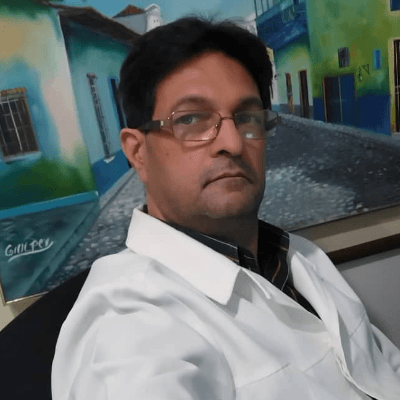
carlos lopez Venezuela Physician

CHARLES SARGOUNAME India Physician

Kimberly Delaney United States Sonographer
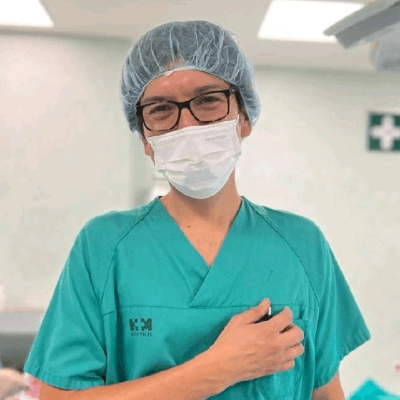
Miguel Cosme Spain Physician
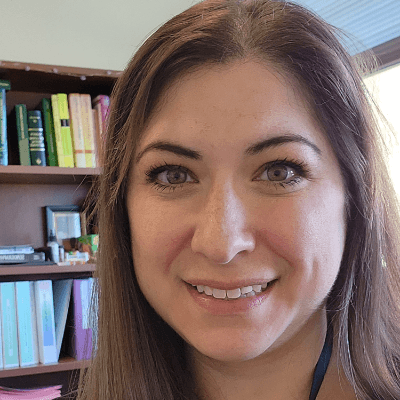
Shari Morgan United States Sonographer

Amparo Gimeno Spain Physician

Elena Andreeva Russian Federation Physician

Ta Son Vo Viet Nam Physician

ALBANA CEREKJA Italy Physician

gholamreza azizi Iran, Islamic Republic of Physician

Ionut Valcea Romania Physician

Halil Korkut Dağlar United States Physician

Annette Reuss Germany Physician

Arati Appinabhavi India Physician

Vu The Anh Viet Nam Physician

shay kevorkian Israel Physician

Sruthi Pydi India Physician

Veronika Bartkovjaková Slovakia Physician

Rupal Sasani India Physician

Le Tien Dung Viet Nam Physician

Tetiana Ishchenko Ukraine Physician

Joel Dery United Kingdom Sonographer

María Victoria Peral Parrado Spain Physician

Zeynep Seyhanli Turkey Physician

Le Duc Viet Nam Physician

Zuzana Rak Slovakia Physician

Petra Zembjakova Slovakia Physician

Hana Habanova Slovakia Physician
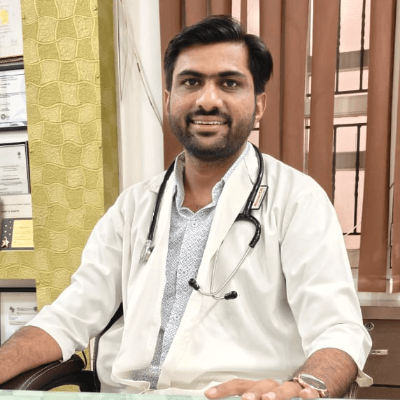
Jagdish Suthar India Physician
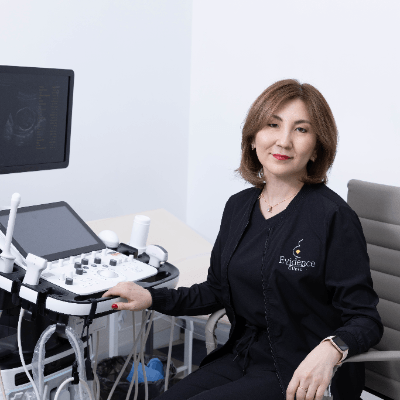
ZHANNA Kurmangaliyeva Kazakhstan Physician

Lisa Bonello Australia Sonographer

Swathi Jaiprakash India Physician